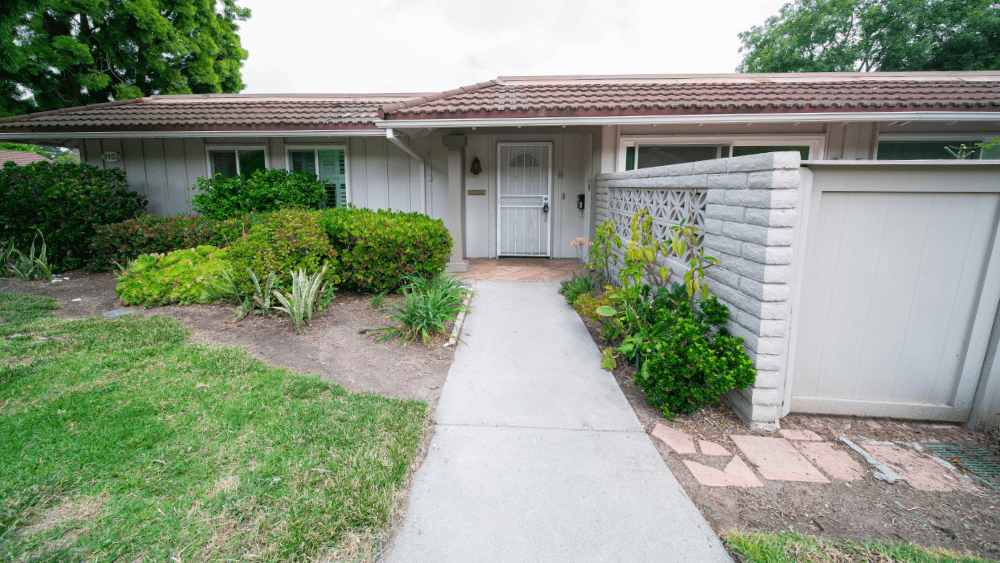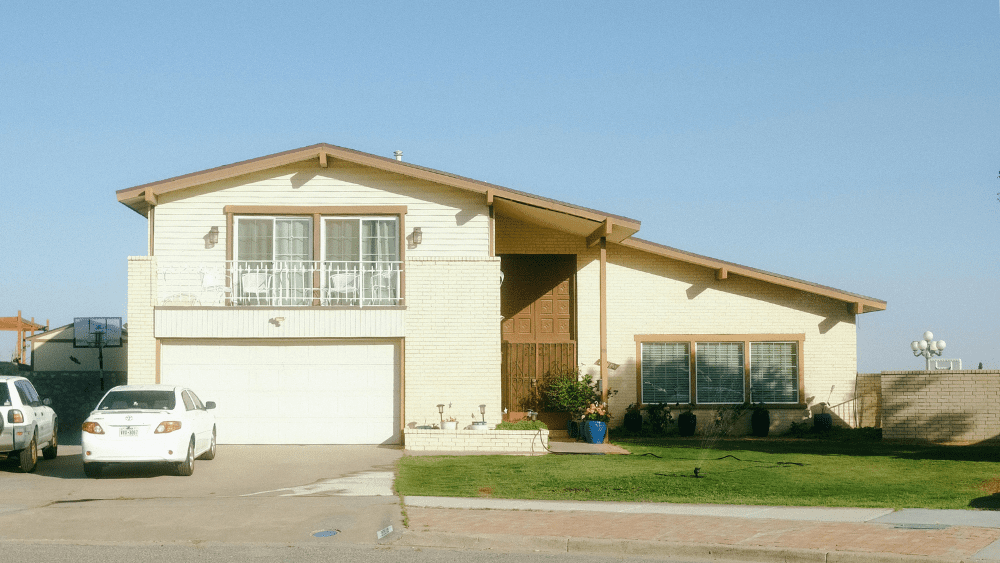A decline in housing approvals has prompted fresh industry warnings, as apartment approvals fall to one of the lowest levels in a year.
Seasonally adjusted data from the Australian Bureau of Statistics (ABS) has revealed the total number of dwellings approved fell 6% in August to 14,744.
This continues the slowdown trend seen in July after a record high in June.
Total building approvals fell for the second consecutive month. Picture: Getty
According to the data, August’s decline was largely driven by an 8.1% fall in private dwellings excluding houses, which covers apartments, townhomes, semi-detached and terrace houses. During the month, there were 5408 of these homes approved.
Apartments had the biggest fall in this category, dropping by 33.4%, which was the second lowest result in the past 12 months. Of the 2704 apartments approved nationally, just 527 were in New South Wales and 342 in Victoria.
Townhouse approvals also dropped sharply, down 19.1%.
In the category of detached housing, approvals fell by 2.6% to 9027 dwellings, 3.5% lower than August 2024.
ABS head of construction statistics Daniel Rossi said the decline in standalone homes was driven by two states.
“The fall in private sector houses in August was driven by the two largest states, Victoria and New South Wales, which were down 8.3 % and 6.2%, respectively,” Mr Rossi said.
“In contrast, Queensland rose 2.9% and Western Australia rose 1.7%.”
Total approvals were down across most states, with Victoria, NSW, South Australia and Western Australia falling by 11.8%, 11.4%, 10% and 7.3% respectively. Tasmania and Queensland rose by 14.4% and 3.7%.
A call for higher-density housing
Following consecutive months of decline, industry bodies have called for action to address the volatile numbers.
Master Builders Australia CEO Denita Wawn said the decline in approvals is a signal to review policies to ensure the nation meets its National Housing Accord target of building 1.2 million new homes by mid‑2029.
“There is a clear gap between policy ambition and reality, with approvals going backwards, not forwards,” Ms Wawn said.
“Approvals heading backwards are a flashing red light; unless the Government acts now to fix the pipeline, Australia’s housing crisis will only get worse.”
August's decline was largely driven by an 8.1% fall in private dwellings excluding houses. Picture: Getty
Chief economist Shane Garrett said with apartment numbers reaching one of the lowest levels over the past 12 months, the industry could face challenges in meeting demand.
“The only way out of the housing crisis is to build more higher density housing. Apartments and townhouses must make up at least half of all residential construction if we are to meet demand and give Australians more affordable options in the places they want to live,” Mr Garrett said.
It’s a segment various states are focusing on with governments introducing policies to streamline construction.
In NSW, the state launched its Pre-Sale Finance Guarantee program, which allows its government to buy off-the-plan homes in approved residential projects in order to help developers secure finance needed to start construction sooner.
Meanwhile, the ACT is encouraging more medium-density housing across Canberra with a recent rezoning proposal that could add up to 1000 homes along a key light rail zone.
In Victoria, the state has made various changes to ensure it becomes the “townhouse capital” by introducing planning changes to fast-track approvals.
Property Council of Australia chief executive Mike Zorbas said recent reforms were improvements but called for more action to address wider issues impacting apartment construction.
“High construction costs, labour shortages and low site productivity are straining the industry’s ability to deliver new apartments. Add complex approval processes and investment-punishing state taxes, and you have the perfect storm,” Mr Zorbas said.
“The recent NSW approval reforms are an example of state policy improvements we are seeing across the nation, but we also need governments to lower taxes on institutional investment into apartment construction if we are to have a hope of dialling up housing supply.”
Are you interested in learning more about the latest in buying and building new? Check out our New Homes section.



















 English (US) ·
English (US) ·